
ТАНК НА АРМИИ-2023
thedrive: The overhead metal screens, known as ‘cope cages,’ which have become a trademark of Russian vehicles fighting in Ukraine, are now a prominent feature at the Army-2023 defense exhibition, being held outside Moscow.
Cope cages first appeared on Russian armor just prior to the all-out invasion of Ukraine in late 2021. The ad-hoc solutions (or attempted solutions) to different threats to armor, which continue to evolve as the war drags on, are now a more regular accessory for armored vehicles as the Russian defense show indicates. They are also something that Russia is keen to market to foreign customers, who have no doubt been watching developments in the war in Ukraine with great interest.
Described as an “international military-technical forum,” the Army-2023 show opened today at the Patriot Congress and Exhibition Center at Kubinka, west of Moscow, and will run until the end of the week. According to the Russian state-run TASS news agency, around 1,500 Russian defense companies are displaying their products and, this year, their self-protection solutions for armored vehicles are very much in the foreground.
Photos from Army-2023 that have been shared with The War Zone by Michael Jerdev, who you can follow on Twitter under the handle @MuxelAero, show some of the apparently new self-protection accessories fitted to a variety of different types of fighting vehicles.
These include examples of the T-72, T-80, and T-90 series tanks with fairly robust-looking cope cages, in the form of a screen mounted on several tubular poles attached to the tank’s turret. The top of the cage is a combination of metal mesh (which appears to preserve vision from the tank’s hatches, when they are open) and a prominent corrugated metal ‘roof.’ The thinking behind these parallel ridges and grooves is unclear, but it may have been determined that this shape is more effective at deflecting drone-dropped mortars or FPV ‘kamikaze’ drones. This is similar to how mine-resistant vehicles use v-shaped hulls.
There are clearly alternative configurations involving this tank cope cage, some featuring more supporting tubes and with more extensive corrugated metal. The ‘walls’ of the cage can also be covered with a hanging mesh to defend against attacks from the sides of the turret. The same mesh is found between the turret and the hull, to prevent the entry of drones in this potentially vulnerable area.
As noted earlier, basic overhead metal screens started to be seen on Russian armored vehicles in late 2021, ahead of the full-scale invasion of Ukraine. This was driven by a need to counter loitering munitions and drones, including the Turkish-made TB2 that had proven especially effective in the 2020 Nagorno-Karabakh War. There may also have been an aspiration, albeit misguided, that these screens could also help defeat top attacks by anti-tank guided missiles, too.
As the war in Ukraine progressed, cope cages also began to find their way onto TOS-1 thermobaric rocket launchers and Soviet-era T-62s, the latter of which were returned to frontline service to help address heavy losses among Russian armor. As well as the kinds of cope cages fitted to armor on the front lines, troops in the Russian rear areas also have increasingly adopted similar improvised, ‘Mad Max’-style armor as they, too, have faced attacks by Ukrainian forces.
https://twitter.com/RALee85/status/1644806233767960577?s=20
More recently, we’ve also begun to see a more hybridized kind of self-protection for tanks, in which cope cages are combined with layers of explosive reactive armor (ERA) bricks. While the cope cage provides a physical barrier, ERA works by detonating, creating a counter-blast that can defend against attacks by armor-penetrating weapons, before the incoming weapon can penetrate the tank’s turret or hull. You can read more about this development, which likely has very questionable efficacy, here.
https://twitter.com/RALee85/status/1654930572463026179?s=20
The tanks with the latest cope cage also feature factory-produced camouflage, replicating foliage, as part of a camouflage ‘wrap.’ This same covering, reportedly known as Nakidza, and produced by the NII Steel company, is also seen on an example of the T-14 Armata new-generation tank at the show. Although unconfirmed, it appears that the manufacturer also claims that these wraps help shield the vehicle from infrared sensors, which would be achieved by masking its heat signature.
https://twitter.com/La_souris_DA/status/1690942799145746432?s=20
A similar type of factory-produced wrap is also displayed at Army-2023 on both BMP-2 and BMP-3 series infantry fighting vehicles. Both of these also feature slat-type armor, along the sides of the BMP-3 (and perhaps also at the front and rear of the hull) and prominently at the front of the BMP-2.
Another BMP variant, this time an unarmed ambulance conversion, is fitted with another type of cope cage, this time extending along the entire length of the hull and with multiple bars supporting a mesh covering. The mesh appears to be made of wire and is seemingly arranged to preserve visibility from the vehicle while also offering extensive protection against drone-dropped bomblets or FPV drones which could otherwise simply be dropped or flown into the open-topped part of the hull.
A more extensive arrangement of slat-type armor is seen on one of the BTR-82 8x8 armored personnel carriers on display at the Army-2023 show. Notable here is the thought that has gone into the slat design, maximizing protection against projectiles approaching the front, sides, and rear of the vehicle, while also allowing the troops to disembark via a section of the slats that opens up outward like doors.
While it’s by no means clear that the types of vehicle protection on show at Army-2023 are considerably more effective than the earlier versions that we have already seen in the campaign in Ukraine, it’s apparent that lessons from the fighting have been processed and that these are now being incorporated into what are presumably more capable countermeasures.
Just as telling is the fact that these kinds of designs have progressed from being somewhat ad-hoc additions made prior to deployment or even applied at the unit level once deployed. Now, cope cages are being manufactured in factories for domestic customers but also for export. It’s also possible the examples on show are still prototypes, but, even then, they would presumably be available for mass production once ordered in quantity.
And export is what this arms expo is all about and Russia needs those partnerships and the money that comes from them now more than ever. With major issues sourcing high-tech components and those that it can flowing to the war effort, cope cages are a relatively simple export offering that Russia now has great experience in.
With the rapid expansion of the use of loitering munitions, commercially available bomblet-dropping drones, and first-person video kamikaze drones, militaries around the globe are trying to get a handle on this threat. Russian cope cage designs, whether bought with new vehicles or retrofitted to existing ones, could prove highly attractive to those countries that are still customers of Russia's weapons industry. They are also a comparatively low price item, making their barrier to acquisition, at least economically speaking, low. While their effectiveness may be inconsistent, it is something, and even psychologically, it has benefits.
https://twitter.com/NOELreports/status/1666409755240198145?s=20
The evolution and proliferation of these relatively simple protection measures have been fascinating to watch in the Ukrainian war. Not only is work ongoing to better ensure they are effective, but it seems that they may well now be poised to become more established as a feature of armored warfare globally.
A video of Russian soldiers tucking their tails and fleeing for their lives after being routed by Ukrainian forces in the village of Makarivka, Donetsk Oblast, has gone viral.
While the video isn’t close enough to see the soldiers faces, Ukrainian President Volodymyr Zelenskyy’s description that “Russians have only fear (in their eyes)” is certainly evident from the footage.
The video comes from months ago after the settlement was liberated at the beginning of Ukraine’s counteroffensive in June 2023.
The footage was uploaded around the same time that Russia lost control over the village Urozhaine, where the invaders were also forced to retreat, abandoning their equipment and heavy weaponry.
While Ukraine’s General Staff has yet to confirm the complete liberation of Urozhayne, Deputy Defense Minister Hanna Malyar has announced that Ukraine has had “certain successes” in the area. Meanwhile, Kremlin propagandists persist in claiming that “not everything is lost there.”
However, if the video from Makarivka suggests that any Russian response to Ukraine's actions near Urozhayne is unlikely to prove fruitful.





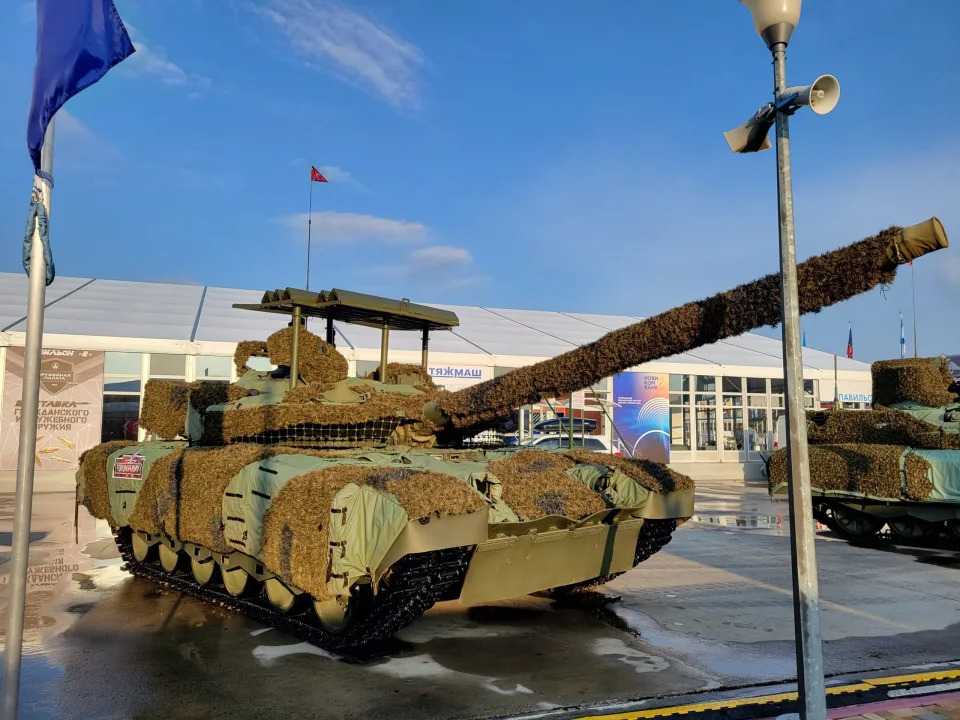
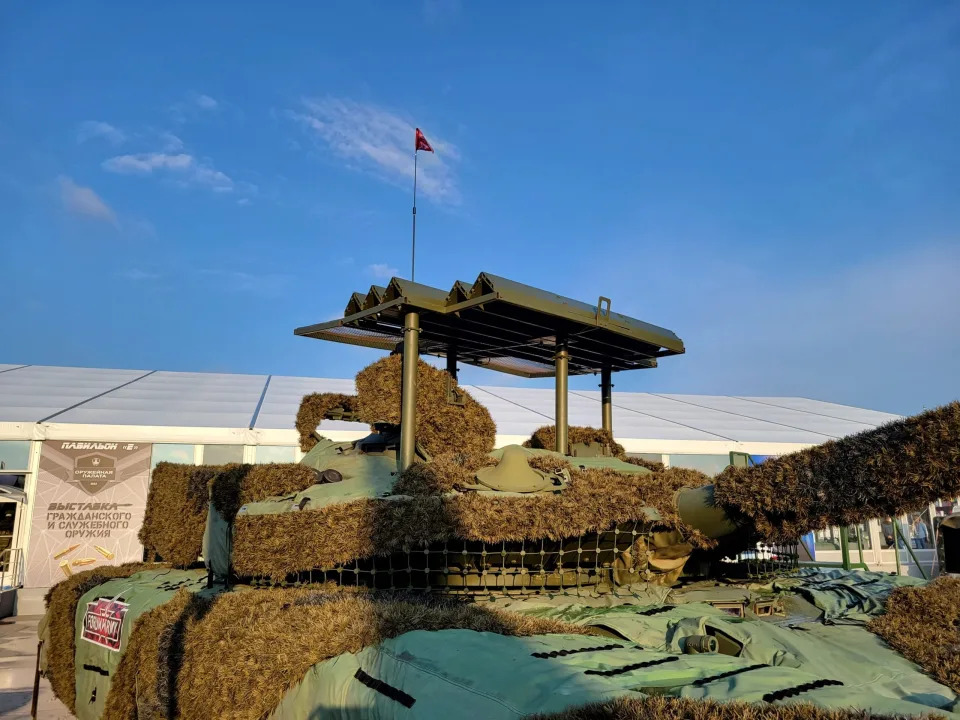

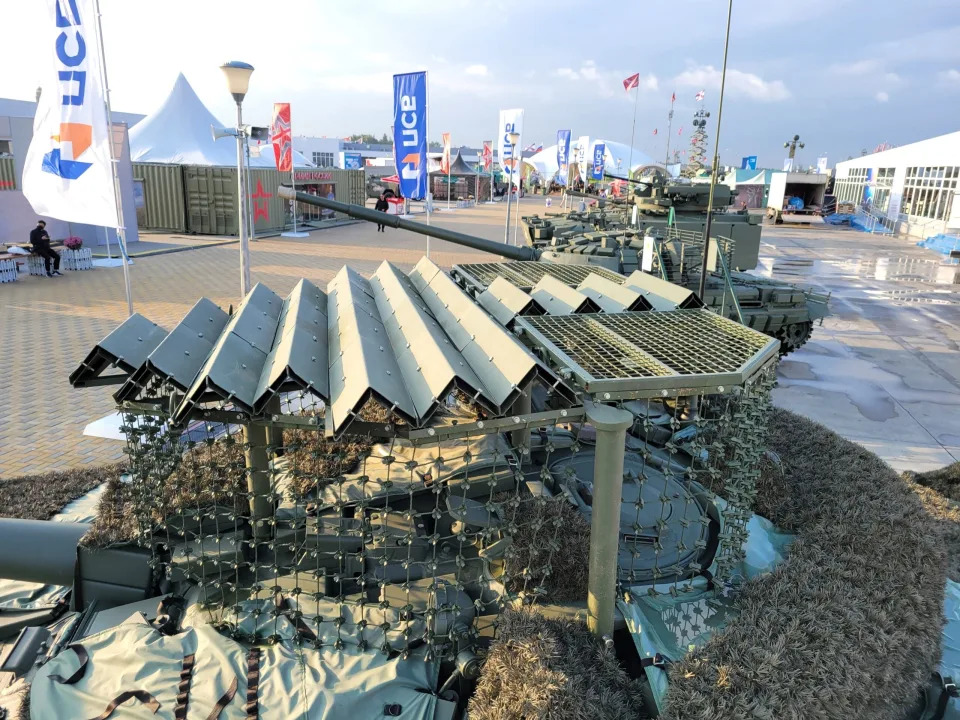
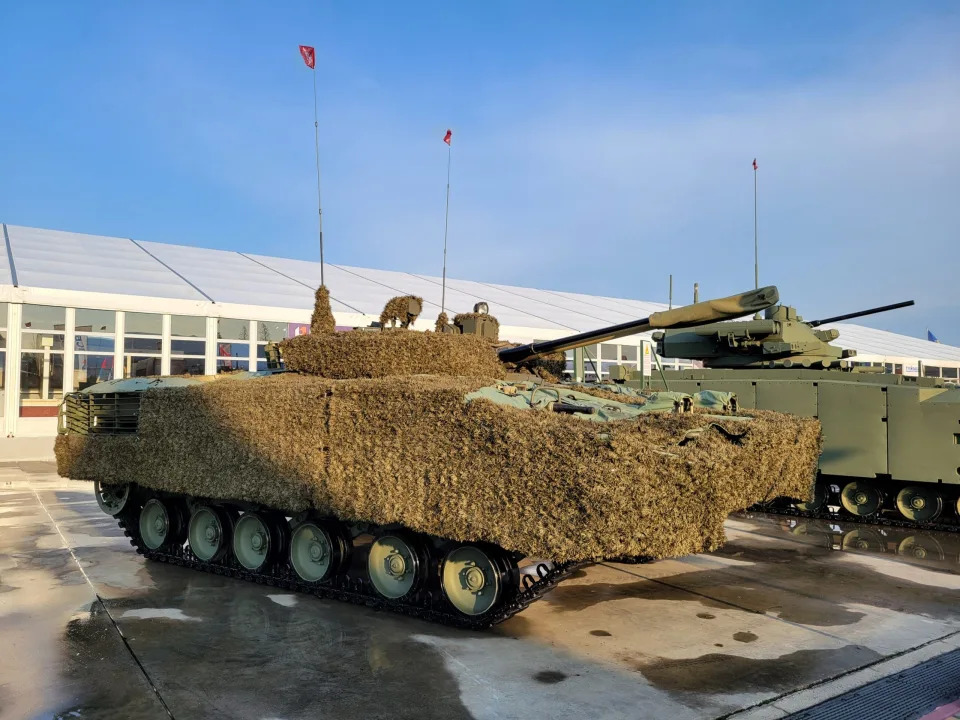
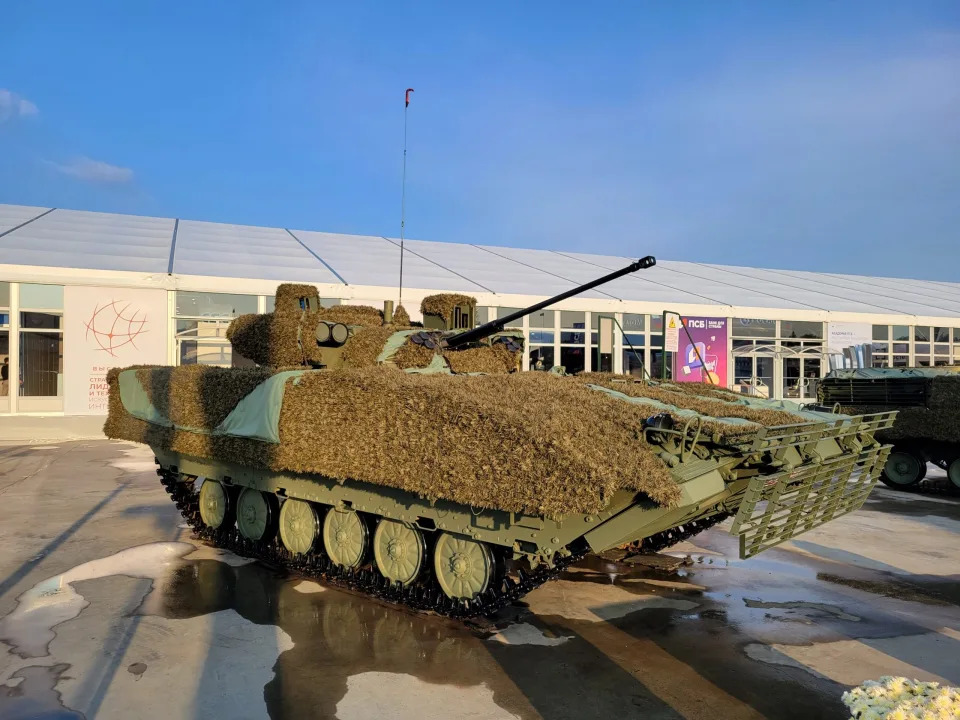
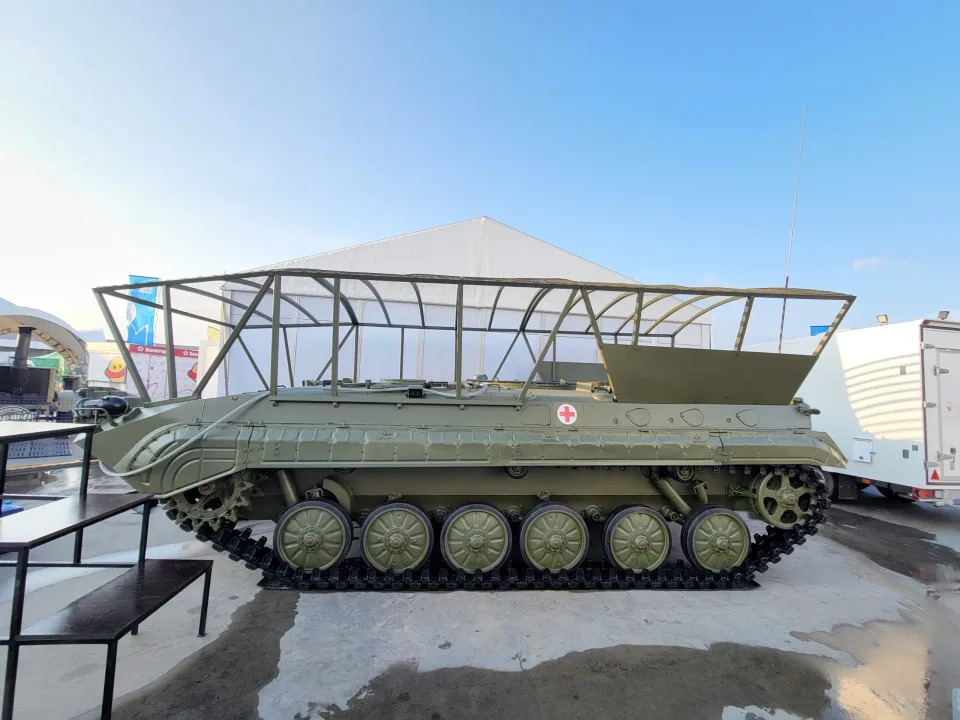
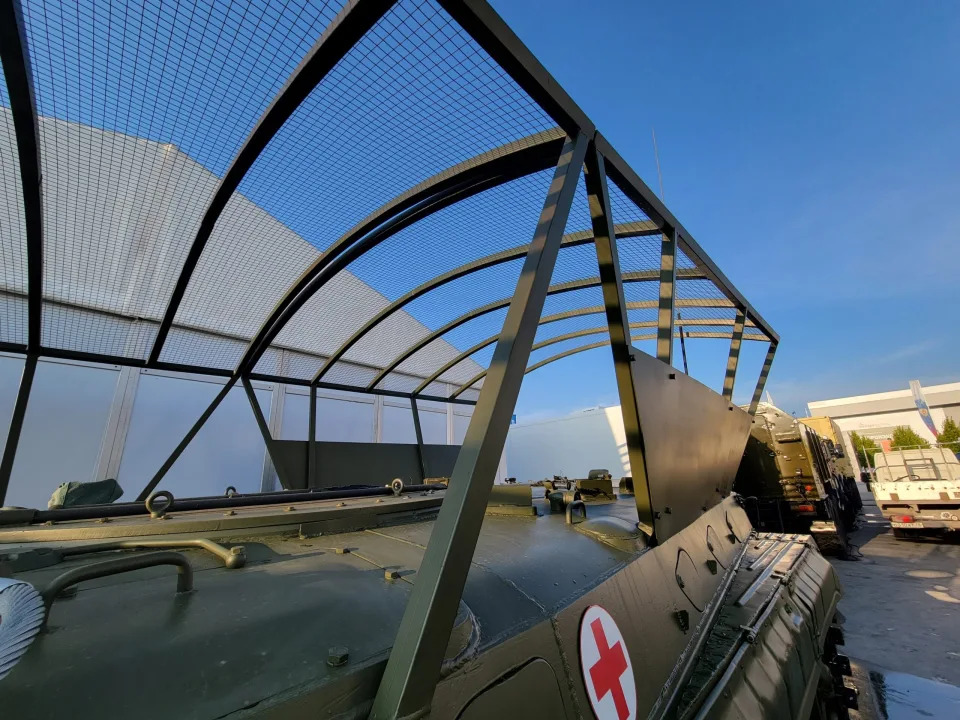
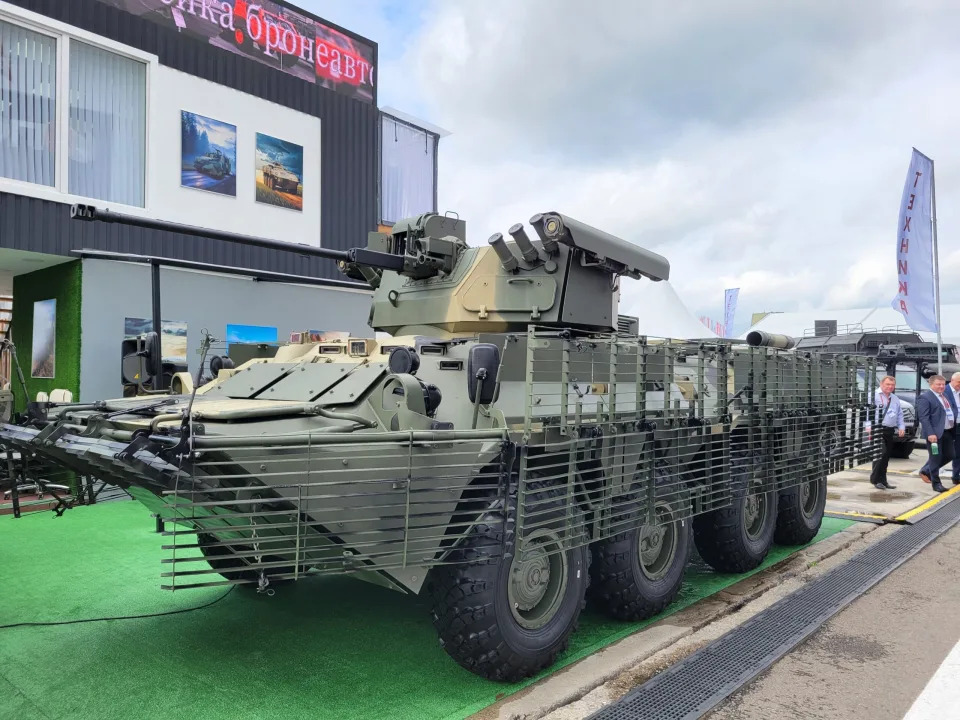
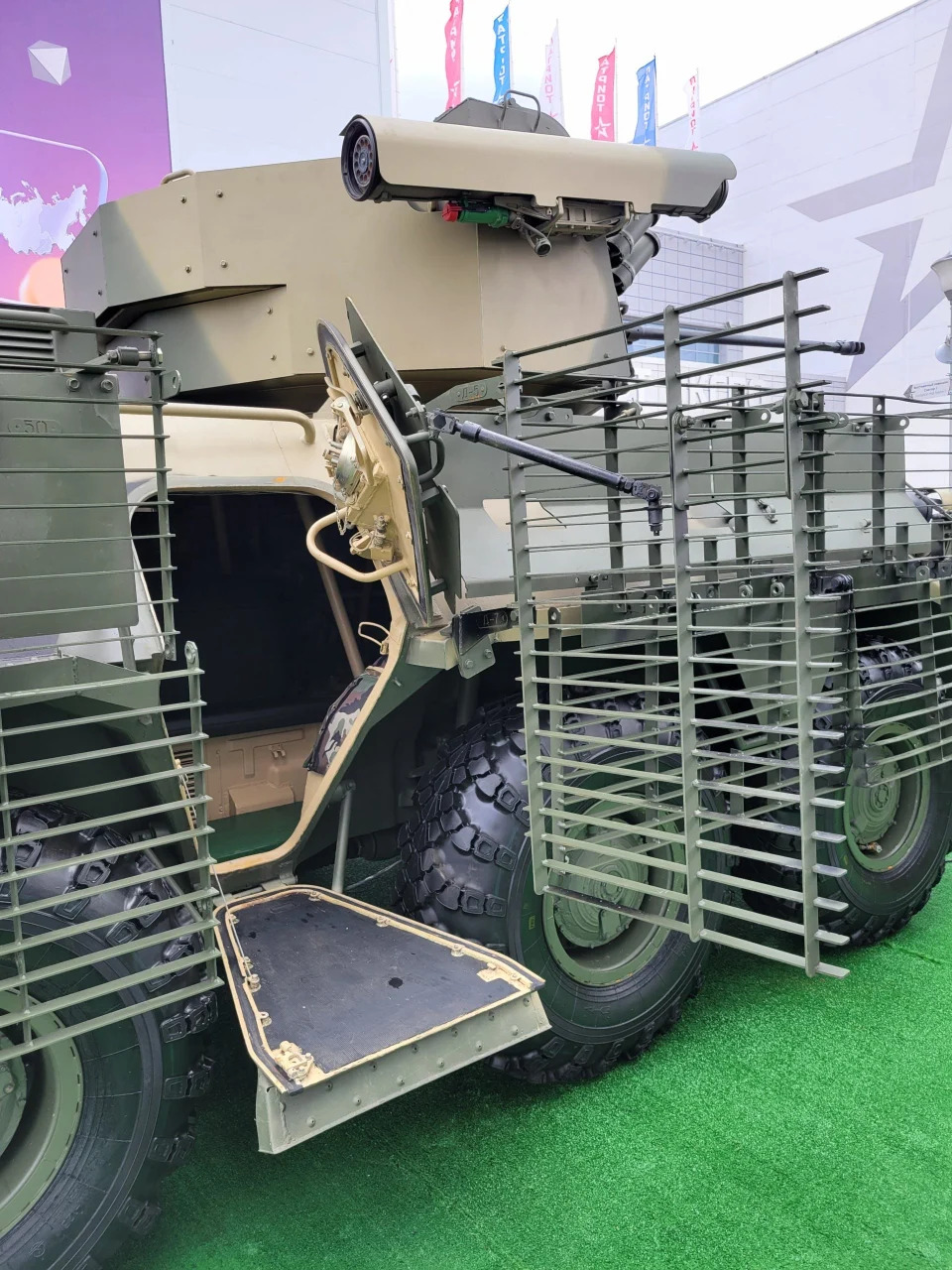








Leave a review